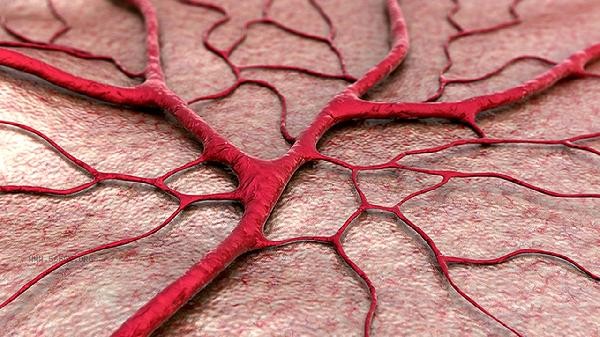Renal artery stenosis will lead to increased blood pressure, which is mainly due to the activation of RAAS in renin angiotensin aldosterone system caused by decreased renal blood flow, leading to vasoconstriction and sodium water retention. Treatment includes drug therapy, interventional therapy, and surgical treatment.

1. The etiology of renal artery stenosis
Genetic factors may play a role in some patients with familial hypertension, but renal artery stenosis is more related to environmental factors. Chronic diseases such as long-term hypertension, atherosclerosis and diabetes will accelerate the process of renal artery stenosis. Physiological factors such as aging and vascular aging can also increase the risk of disease. External trauma such as damage to the kidney area may lead to damage to the renal artery. Pathological factors include renal artery fibromuscular dysplasia, large artery vasculitis, etc., which directly or indirectly affect renal artery blood flow.
2. The mechanism of hypertension caused by renal artery stenosis
Renal artery stenosis reduces renal blood flow and stimulates the release of renin by the kidneys. Renin activates the RAAS system, promoting the production of angiotensin II, causing vasoconstriction and elevated blood pressure. At the same time, the secretion of aldosterone increases, leading to sodium and water retention, further raising hypertension. Renal ischemia may also trigger sympathetic nervous system excitation, increase vascular constriction, and burden the heart.

3. Treatment methods for renal artery stenosis
Drug therapy is the basis, and commonly used drugs include angiotensin-converting enzyme inhibitors ACEI such as enalapril and benazepril, angiotensin II receptor antagonists ARB such as losartan and valsartan, and calcium channel blockers such as amlodipine and nifedipine. Interventional treatments such as percutaneous renal angioplasty (PTRA) and stent implantation can directly improve renal artery stenosis. Surgical treatment is suitable for severe cases, including renal artery bypass grafting and nephrectomy.
4. Lifestyle Adjustment
Diet should limit sodium intake, not exceeding 5 grams per day, and increase foods rich in potassium and magnesium such as bananas and spinach. In terms of exercise, it is recommended to engage in moderate intensity aerobic activities such as brisk walking and swimming, for at least 150 minutes per week. Smoking cessation and alcohol restriction, avoiding excessive fatigue, maintaining emotional stability, can help control blood pressure and improve overall health. Renal artery stenosis is one of the important causes of hypertension, and early diagnosis and treatment are crucial. Through various means such as medication, intervention, and surgery, combined with a healthy lifestyle, blood pressure can be effectively controlled and the risk of cardiovascular events can be reduced. Regular physical examinations and blood pressure monitoring are key to preventing and managing renal artery stenosis.









Comments (0)
Leave a Comment
No comments yet
Be the first to share your thoughts!